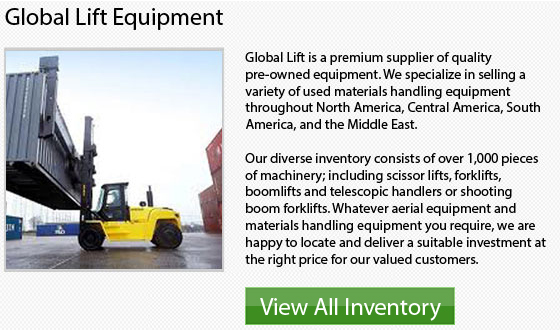
Forklift Battery Dangers
Electric lift trucks are the best choice by many warehouses or supply outlets that need to move equipment and heavy things out of and into storage. These battery-powered devices can run quietly on big batteries and can lift heavy cargo. Typically, warehouse personnel are responsible for recharging the batteries or swapping them out during a shift. Although these batteries have been designed and developed with safety as the main concern, there are still some issues a user must know and stuff to be avoided when near the batteries.
Weight
Depending upon the type, several forklift batteries could weigh up to 2000 lbs. or 1 ton, even more. Obviously, these extreme weight factors require mechanical assistance in order to safely charge and change the battery. Roughly 50% of all forklift battery-related injuries result from improper lifting and moving these heavy pieces of equipment. Sometimes jacks, other forklifts or even specialized carts are used in order to transport and move heavy batteries. The overall success of using these pieces of machine depends on how securely the handler affixes the battery to the cart. Sadly, severe injuries could happen because of falling batteries.
There are strict protocols within the industry that describe when and how a forklift battery should be charged. Nearly all companies have extensive regulations and rules describing the safest method to remove the forklift battery in an efficient and safe manner.
Corrosives
It is important to realize that forklift batteries are filled with corrosive liquids that require correct safety precautions followed in order to handle them. Two of the most common lift truck battery kinds include sulfuric acid and potassium hydroxide. These are both extremely corrosive materials that can cause chemical burns to the skin, hands, face and eyes.